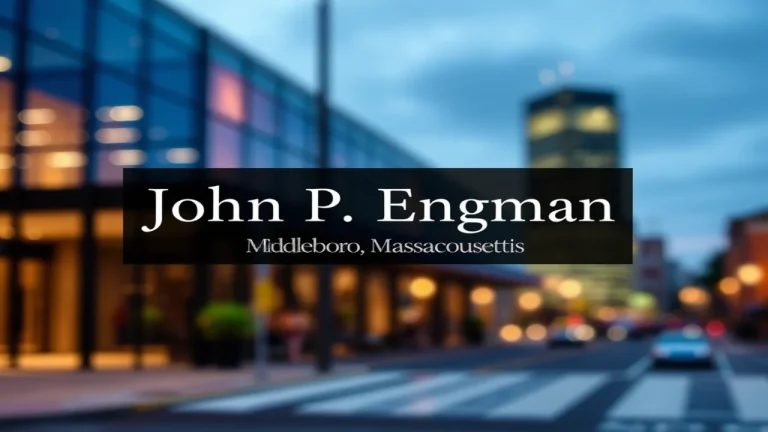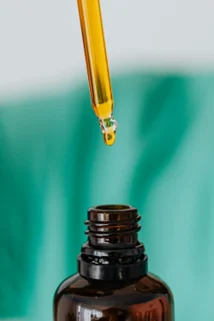CPR & First Aid Certification Courses That Save Lives
Every year, many lives are lost because help does not arrive fast enough. Yet thousands of those lives could be saved if more people knew CPR and First Aid. Emergencies do not wait for doctors or nurses.
Often, the first person to act is a friend, coworker, or even a stranger nearby. This is why CPR certification is not just useful but essential. It gives you the knowledge and courage to step in when every second counts.
Discover more by reading on.
The Power of CPR Training
Cardiac arrest can strike without warning. When the heart stops, blood no longer carries oxygen to the brain and body. Within minutes, the damage can become permanent.
Without help, survival becomes unlikely. CPR gives the heart and lungs a chance to keep working until medical experts arrive.
Training in CPR is designed to prepare you for these critical moments. Most courses focus on hands-on practice. Reading about CPR is not enough.
You need to know how to use your hands, how to apply the right pressure, and how to stay calm under stress. Practice builds skill, and skill builds confidence. That confidence is what allows someone to step forward instead of stepping back.
How Certification Builds Confidence
People who complete CPR certification often describe feeling more prepared in daily life. Emergencies can be frightening, but training provides a clear plan. Knowing how to respond helps reduce fear and confusion.
Instead of watching helplessly, you can act. This sense of readiness can be life-changing. It also creates a stronger sense of duty to your family, coworkers, and community.
Resources like MyCPR NOW make it easier to access this training and build the confidence needed to respond when it matters most.
Types of CPR and First Aid Courses
CPR programs are designed for different needs. A basic course usually covers adult CPR, choking relief, and the use of an automated external defibrillator, or AED. These skills are helpful for the general public and do not require medical knowledge.
Healthcare providers, however, need more advanced training. Their courses focus on high-quality CPR and team response. First Aid courses expand the focus to other emergencies, such as bleeding, broken bones, or breathing problems.
For parents and caregivers, special classes on child and infant CPR are available. These teach the unique techniques required for younger patients.
No matter the type, most programs combine lessons with practice. Students run through real-world scenarios, learning how to recognize an emergency and how to respond. Assessments confirm that each student is ready before certification is given.
Many programs also now include online study, which makes learning more flexible.
Preparedness Starts With You
It is easy to delay training, but waiting until an emergency happens is too late. CPR certification courses are widely available in local centers, schools, and workplaces. Many offer flexible schedules or blended learning with online and in-person practice.
By enrolling today, you prepare yourself to act with confidence and skill. You also help build a stronger, safer community. The ability to save a life is one of the most valuable skills you can gain.
Don’t miss out! Explore the rest of our blog for fresh ideas and tips.







